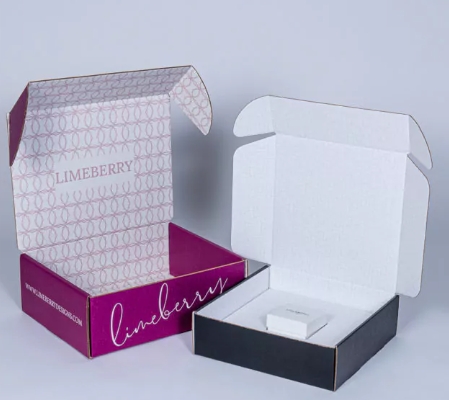Mastering the Art of Structural Packaging Design: A Designer’s Guide
Structural packaging design is an essential aspect of creating eye-catching and functional packaging for products. It involves creating a three-dimensional structure that not only protects the product but also enhances its visual appeal. In this article, we will explore some key tips and techniques for mastering the art of structural packaging design.
Understanding the Basics of Structural Packaging Design
Before diving into the world of structural packaging design, it is crucial to have a solid understanding of the basics. This includes knowing the different types of packaging materials available, as well as the various printing and finishing techniques that can be used to enhance the design.
Experimenting with Different Shapes and Structures
One of the most exciting aspects of structural packaging design is the ability to experiment with different shapes and structures. By thinking outside the box and pushing the boundaries of traditional packaging design, designers can create truly unique and innovative solutions that stand out on the shelf.
Consider Functionality and User Experience
While aesthetics are important in structural packaging design, functionality and user experience should also be top priorities. Designers should consider how the packaging will be used, how easy it is to open and close, and how well it protects the product inside.
Collaborate with Engineers and Manufacturers
To ensure that their structural packaging designs are feasible and cost-effective, designers should collaborate closely with engineers and manufacturers. By working together, they can bring their creative vision to life while also ensuring that the packaging meets all necessary requirements.
Stay Up to Date with the Latest Trends
Like any design field, structural packaging design is constantly evolving. Designers should stay up to date with the latest trends and technologies in the industry to ensure that their designs remain fresh and relevant.
Practice Makes Perfect
As with any skill, mastering the art of structural packaging design takes practice. Designers should continue to hone their skills through experimentation and iteration, constantly striving to push the boundaries of what is possible in packaging design.
In conclusion, mastering the art of structural packaging design requires a combination of creativity, technical knowledge, and a keen eye for detail. By following the tips and techniques outlined in this article, designers can create compelling packaging solutions that not only protect and showcase the product but also engage and delight consumers.

